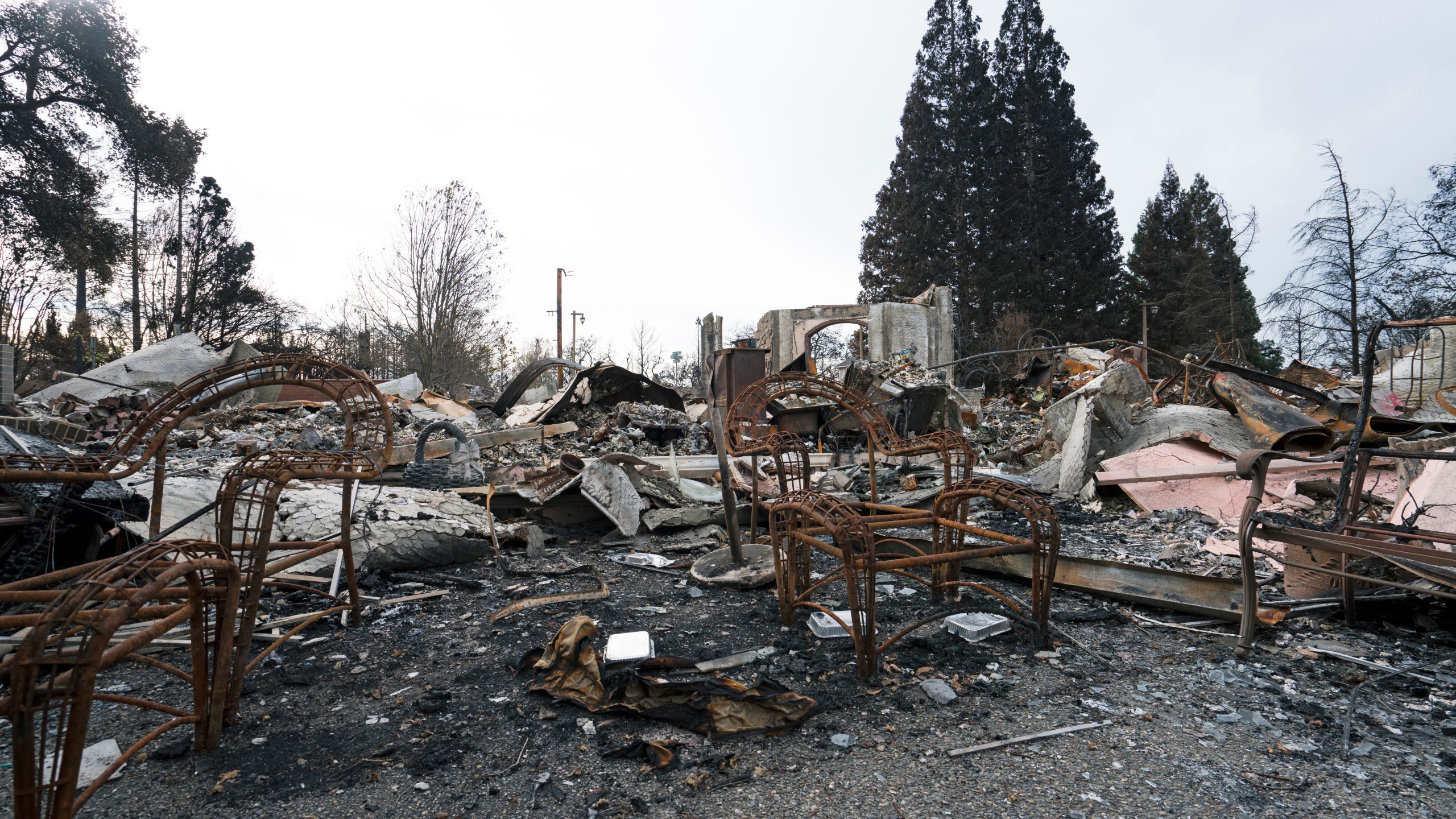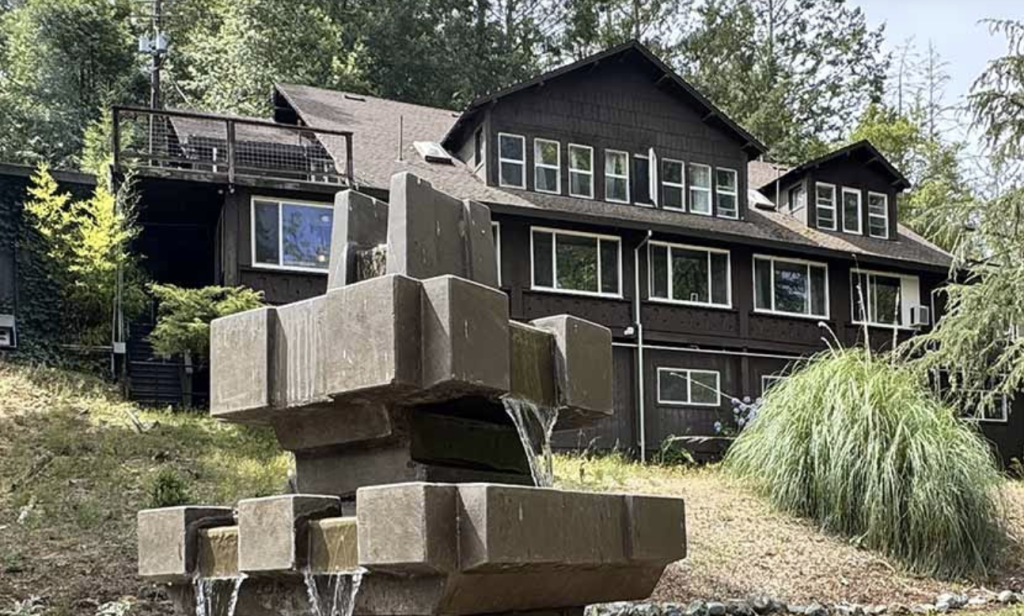Whistleblower claims add fuel to long-running frustrations
A state whistleblower’s testimony this month about mismanagement and overspending in California’s wildfire debris cleanup lands like déjà vu in Sonoma County. In a Sacramento trial, former Cal OES debris manager Steven Larson and other witnesses alleged that lucrative post-fire contracts were plagued by poor oversight and that toxic contamination was at times left behind. Jurors found Cal OES retaliated against Larson but upheld his dismissal on other grounds; the testimony nonetheless opened a rare window into a fast-growing, billion-dollar industry. 
What went wrong here
Sonoma County lived the chaos first. After the 2017 firestorm, the U.S. Army Corps of Engineers led what officials called the largest wildfire cleanup in state history—ultimately hauling roughly 2.2 million tons of ash and debris from more than 4,500 properties across Sonoma, Napa, Lake and Mendocino counties at a cost of about $1.3 billion. The mission wrapped in June 2018. 
By that summer, the Governor’s Office of Emergency Services sent a blistering letter to the Army Corps documenting what residents had been reporting for months: over-excavated lots, damaged infrastructure and lingering contamination on parcels marked “clean.” Cal OES tallied about 600 overscraping reports in Sonoma County alone, with dozens of properties needing major engineering fixes and at least a dozen sites still contaminated. The state said it had already spent millions backfilling and repairing properties. 
Contracts, protests and a hard stop
The cleanup also bogged down in contracting drama. As the Army Corps shifted into a new phase, it awarded two additional contracts—$475 million to Burlingame-based Environmental Chemical Corp. for Sonoma County and $160 million to CERES Environmental Services for Lake, Mendocino and Napa. AshBritt, which lost out in the second round, filed a bid protest with the U.S. Government Accountability Office, stalling debris removal for weeks. Supervisor James Gore said each day of delay set families back “in their minds, in their hearts and in their business.” 
Residents tried the courts. They didn’t get far.
Fire survivors later sued AshBritt and Tetra Tech, alleging crews were paid by the ton and had strong incentives to rip out intact soil, sidewalks and septic systems while leaving contaminants behind. In 2020, a federal judge dismissed the case; a similar suit against ECC ended the same day. Plaintiffs pointed to Cal OES’s own letter as proof of over-scraping and contamination, but the court never reached the merits amid thorny questions of causation and government-contractor immunity. 
Did the state fix it?
Stung by 2017, the state said it would no longer rely on the Army Corps for wildfire debris removal. After the 2020 Glass Fire, Cal OES and CalRecycle reported that all 3,831 participating properties statewide—including those in Sonoma and Napa—were cleared under the state-run Consolidated Debris Removal Program, and more than 2,000 hazardous trees were removed. That’s real progress on paper. But the Larson trial suggests broader problems—loose controls, costly change orders, and persistent oversight gaps—have continued to dog large cleanup missions. 
Why this still matters locally
For Coffey Park, Fountaingrove, Glen Ellen and Kenwood, the official line—mission accomplished—never fully matched the lived experience. Homeowners described gaping pits where yards used to be; others said they found nails, metal and suspected asbestos on “cleared” lots. Cal OES’s own figures backed key parts of those accounts. And when residents sought accountability, the legal path collapsed. The result is a lingering sense that the recovery inflicted its own harm—financially, environmentally and emotionally. 
What needs to change
Locally, officials say the priority before the next disaster is tighter, real-time oversight of contractors on the ground, not just after-action audits. The record from 2017 shows how a pay-by-the-ton model and diffuse supervision can produce perverse incentives and uneven work quality. The record from 2020 shows the state can move thousands of properties through a program—yet the whistleblower case warns that speed and scale without transparency can still burn taxpayers and survivors.
For Sonoma County residents, the ask is simple: don’t make us live the second disaster again. Clear standards up front. Independent monitors on site. Public dashboards of contractor performance. A fast, no-lawyer claims process when things go wrong. And whistleblowers who won’t lose their careers for telling the truth.
Because when the next red-flag wind arrives, people here shouldn’t have to choose between rebuilding quickly and rebuilding safely. They deserve both.




